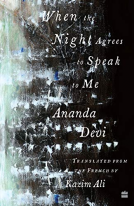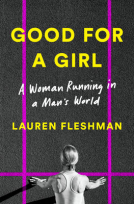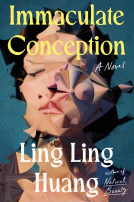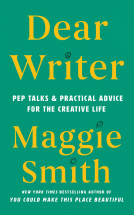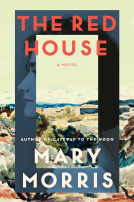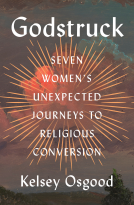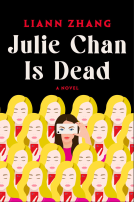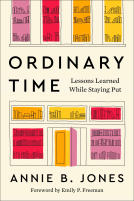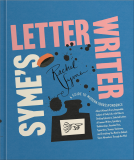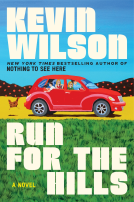
Murder in the Garment District
The Grip of Organized Crime and the Decline of Labor in the United States
by David Witwer; Catherine Rios
This title was previously available on NetGalley and is now archived.
Send NetGalley books directly to your Kindle or Kindle app
1
To read on a Kindle or Kindle app, please add kindle@netgalley.com as an approved email address to receive files in your Amazon account. Click here for step-by-step instructions.
2
Also find your Kindle email address within your Amazon account, and enter it here.
Pub Date May 05 2020 | Archive Date May 05 2020
Talking about this book? Use #MurderintheGarmentDistrict #NetGalley. More hashtag tips!
Description
In 1949, in New York City’s crowded Garment District, a union organizer named William Lurye was stabbed to death by a mob assassin. Through the lens of this murder case, prize-winning authors David Witwer and Catherine Rios explore American labor history at its critical turning point, drawing on FBI case files and the private papers of investigative journalists who first broke the story. A narrative that originates in the garment industry of mid-century New York, which produced over 80 percent of the nation’s dresses at the time, Murder in the Garment District quickly moves to a national stage, where congressional anti-corruption hearings gripped the nation and forever tainted the reputation of American unions.
Replete with elements of a true-crime thriller, Murder in the Garment District includes a riveting cast of characters, from wheeling and dealing union president David Dubinsky to the notorious gangster Abe Chait and the crusading Robert F. Kennedy, whose public duel with Jimmy Hoffa became front-page news.
Deeply researched and grounded in the street-level events that put people’s lives and livelihoods at stake, Murder in the Garment District is destined to become a classic work of history—one that also explains the current troubled state of unions in America.
Available Editions
| EDITION | Other Format |
| ISBN | 9781620974636 |
| PRICE | $26.99 (USD) |
| PAGES | 288 |
Featured Reviews
 Judy G S, Librarian
Judy G S, Librarian
As my entire family has worked and owned businesses in the garment district since the 30s, I found this history to be fascinating. I have heard some stories from family members and this book nicely fleshes out the history of this time. I recommend it.
 Abby S, Reviewer
Abby S, Reviewer
As a New Yorker the Garment District is legendary it was fun interesting to read about its history .Reads like a mystery with all the blood& guts Highly recommend #netgalley#newpress
 Stewart E, Reviewer
Stewart E, Reviewer
David Witwer and Catherine Rios: Murder in the Garment District: The grip of organized crime and the decline of labor in the United States. 2020. The New Press
The authors provide a deep probe into the economic and political forces that affected the influence of labor unions through the 1950s. Although events later in the century are noted, the focus is on activities in the garment industry between 1930 and 1960. Best coverage is during the 1950s and might be approached after reading “The Age of Eisenhower: America and the World in the 1950s” Simon & Schuster, 2019 by William I. Hitchcock. Hitchcock emphasizes the impact of Cold War politics on a broad range of matters, including labor unrest. Witwer and Rios provide a broader and richer examination of that unrest. Readers will encounter politicians (e.g., Barry Goldwater and Robert F. Kennedy), union leaders (e.g., Walter Reuther, George Meany, Jimmy Hoffa), mobsters (an abundance!), and local members of unions to flush out the many levels of conflict that affected the growth and suppression of union activity. The role of the press is explored, as well as examination of police and criminal court activities. Relying on an extensive array of source materials and images of key figures, the authors provide a text well worth exploring. An interest in labor unions is not required and anyone willing to gain insight to the political dynamics during the middle third of the century will be rewarded. Additional analyses of issues that would link the text to current day labor matters would have enhanced the authors’ commentary.
 Reviewer 493301
Reviewer 493301
Meticulously researched and well written. I learned a lot of history reading about the political and Mafia forces that greatly influenced labor unions at the height of their usefulness and popularity. Corruption was as rampant during the timeframe discussed in the narrative as it is now. Well worth the time I took to read about the history of labor unions.
Thank you to Netgalley and the publisher for providing a copy of this book to read and review. The opinions expressed here are my own.
Readers who liked this book also liked:
Ling Ling Huang
General Fiction (Adult), Humor & Satire, Multicultural Interest
Joanna Rubin Dranger
Biographies & Memoirs, Comics, Graphic Novels, Manga, History
